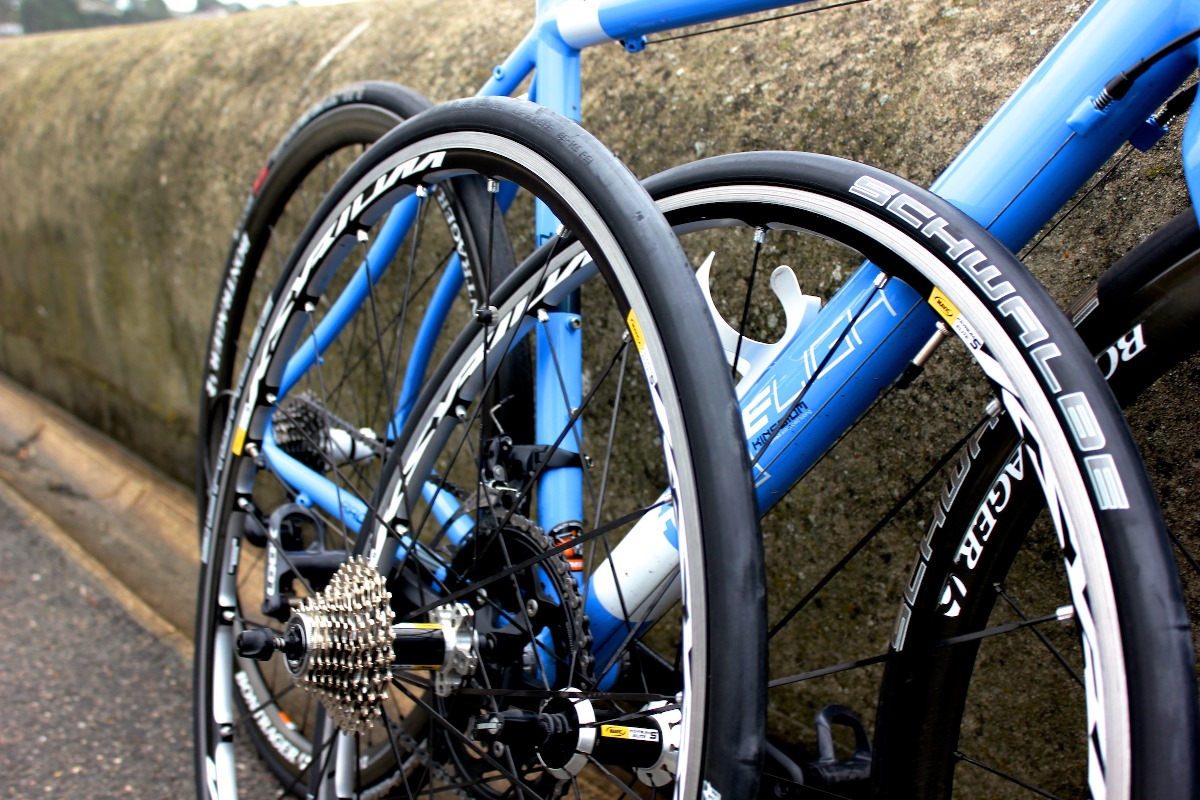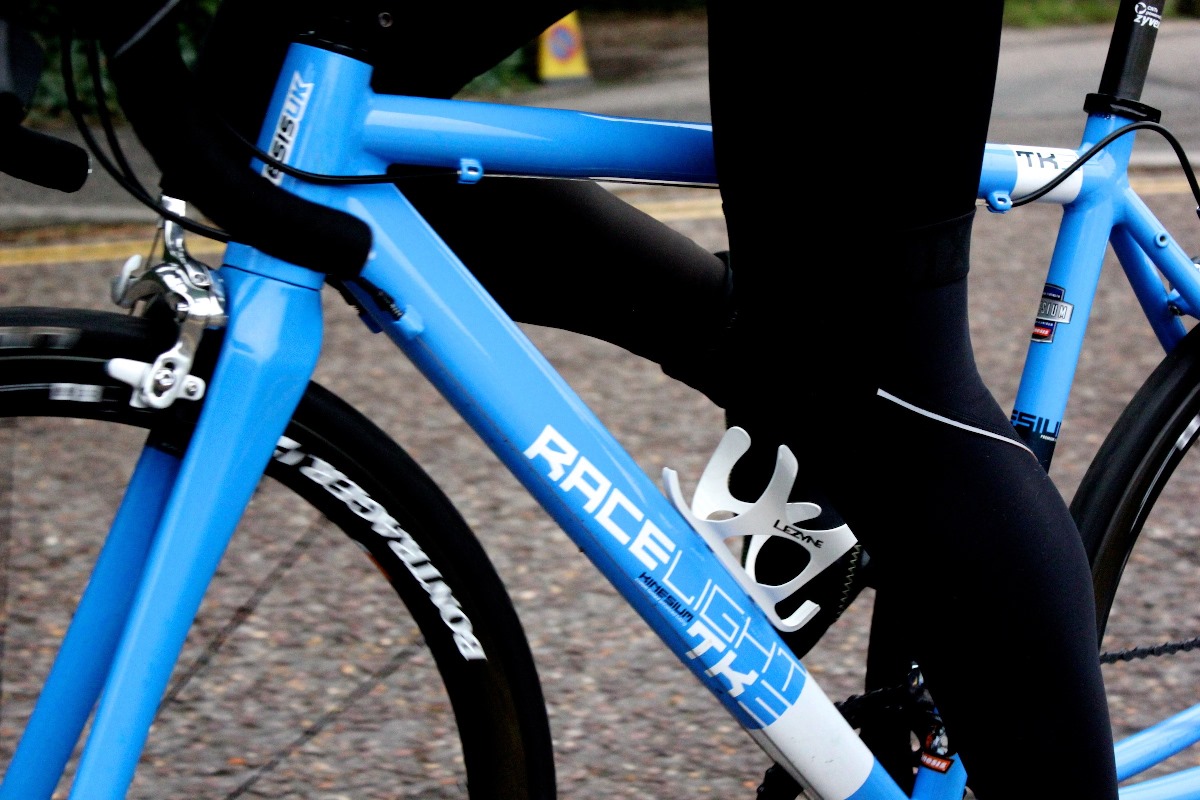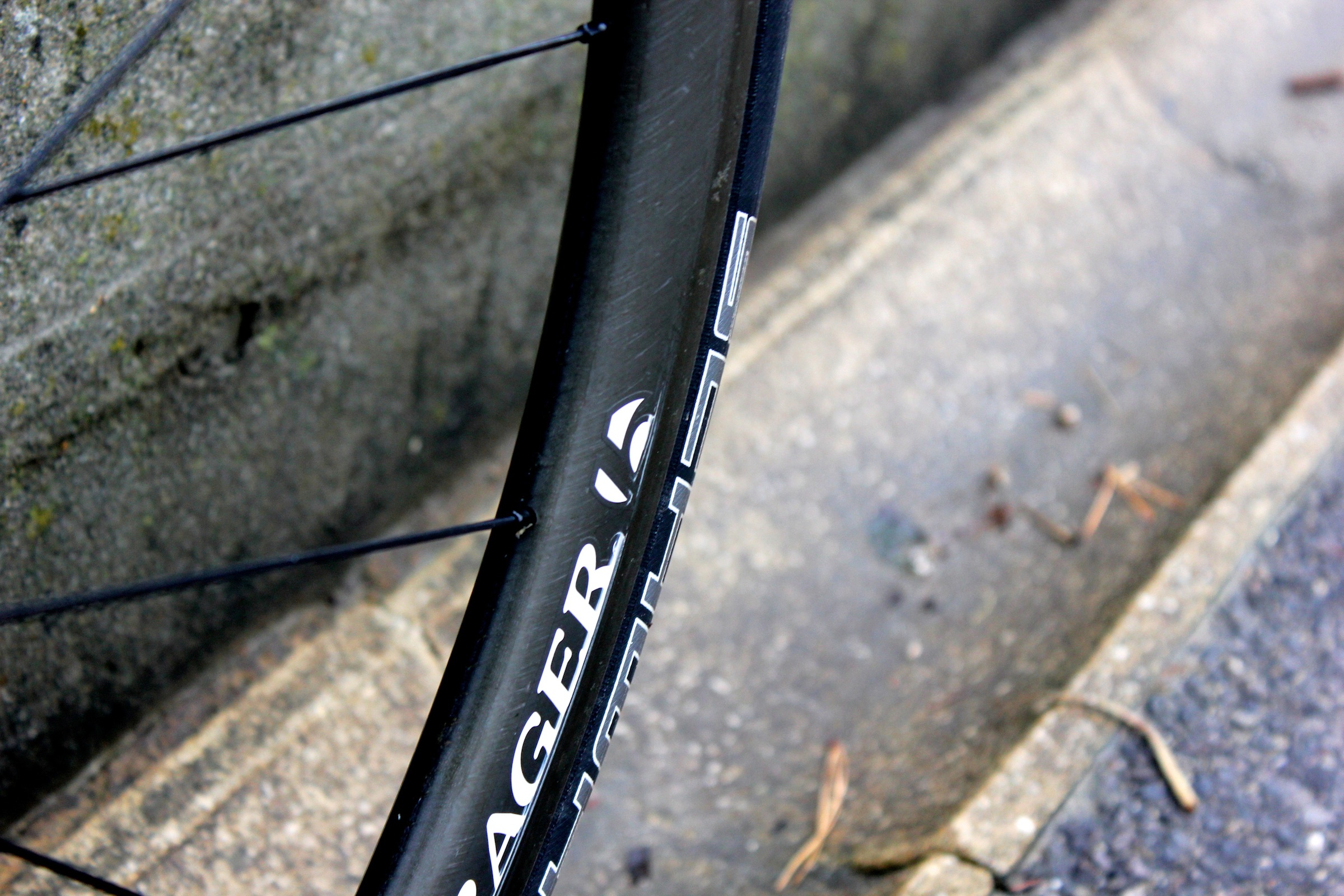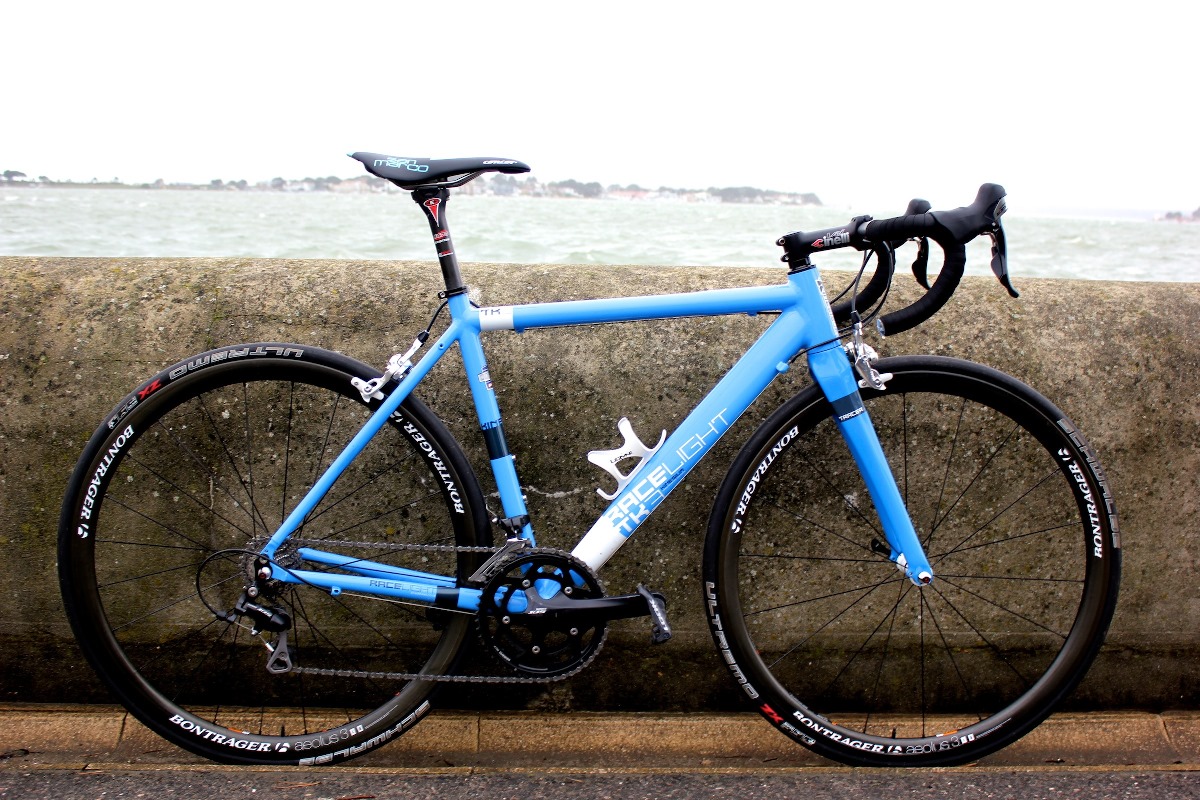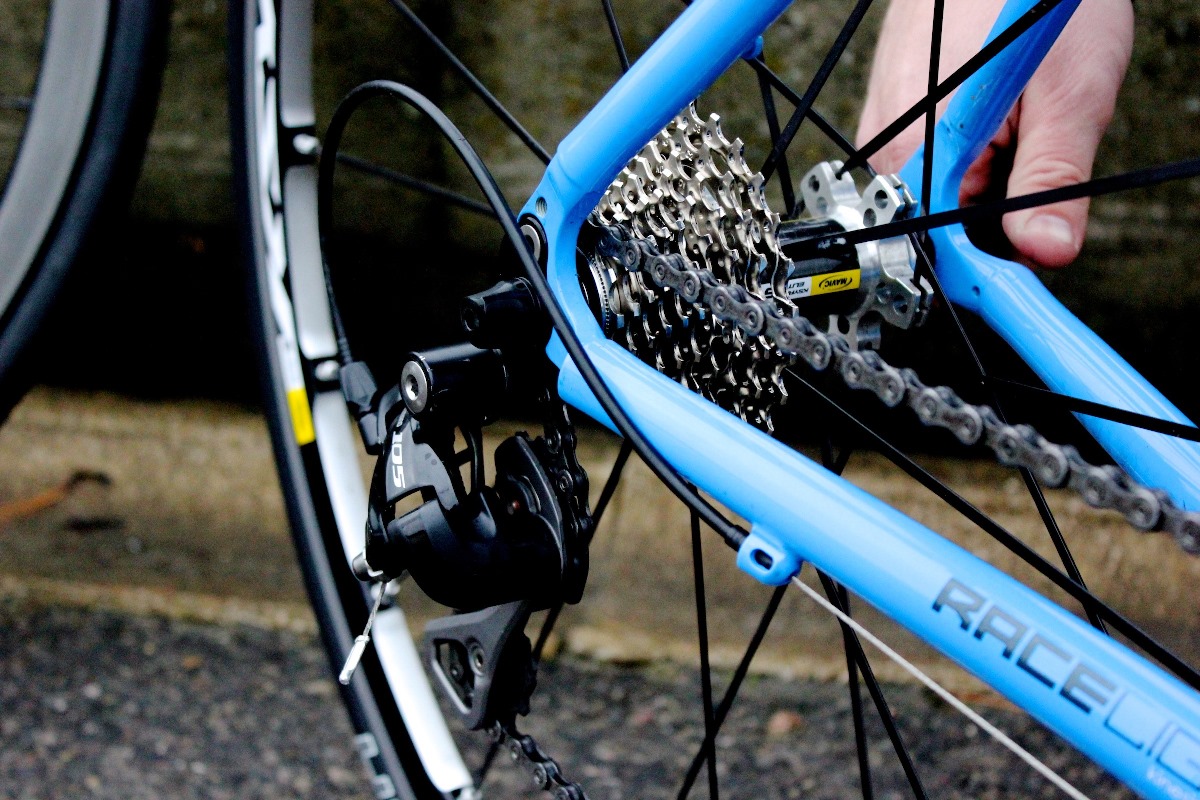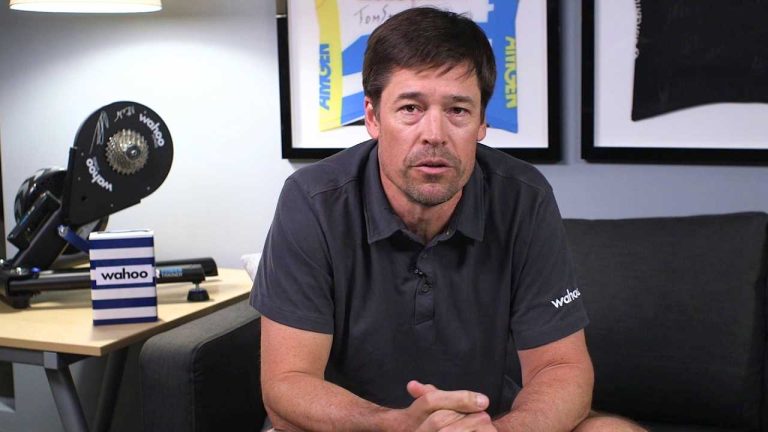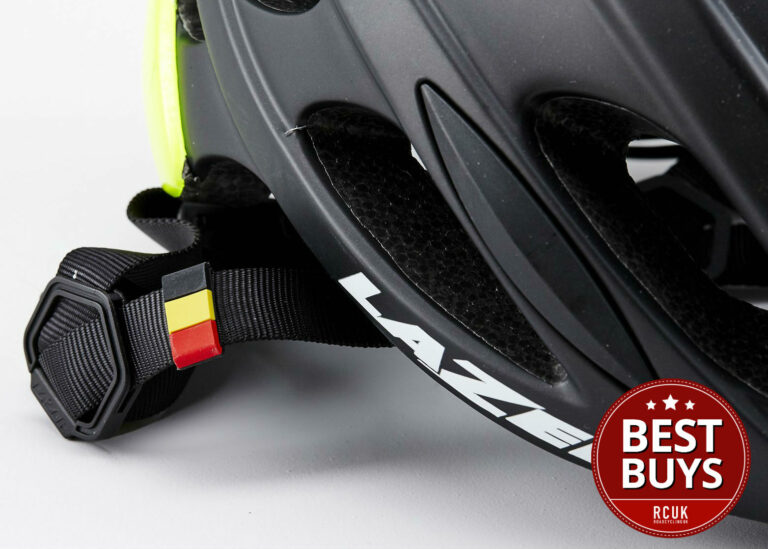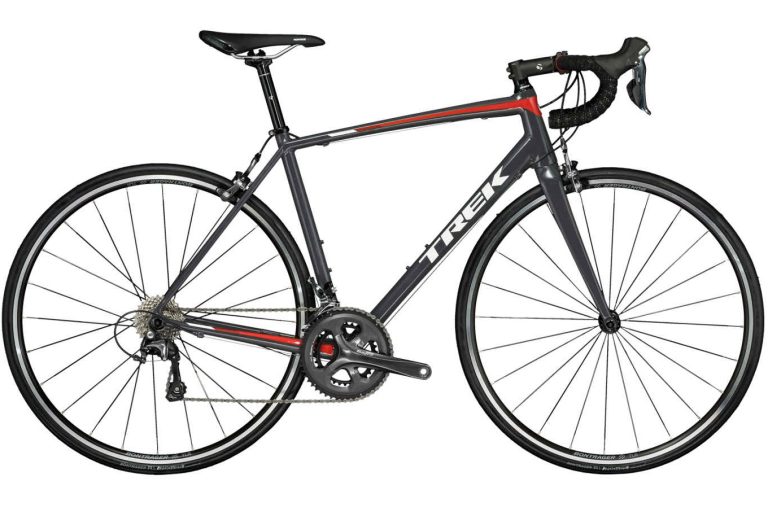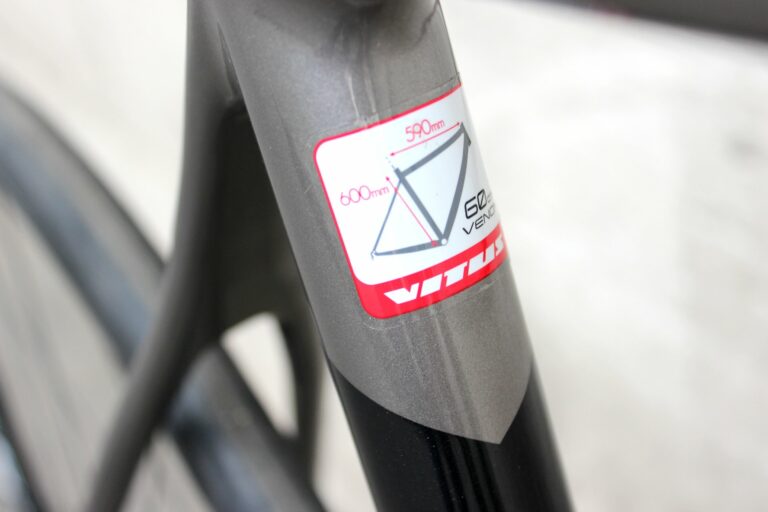Carbon v aluminium
Carbon v aluminium
Why does one set of bicycle wheels cost nearly four times as much as another, very good set of bicycle wheels?
We asked ourselves the question after rolling home from a training ride on our faithful Mavic Ksyrium Elite S aluminium clinchers with the prospect of heading out on a set of full carbon Bontrager Aeolus 3 D3 clinchers in the offing.
To answer the question in our own mind, and hopefully shed some light on the subject for any who have pondered the same question, we conducted a simple experiment. We stripped them both, weighed them (1490g for the Ksyrium Elite S; 1460g for the Bontrager Aeolus 3 D3; both without skewers), and, in an effort to isolate the performance of the wheels, fitted both rears with a Shimano 105 11-27t cassette, and wrapped each in our favourite Schwalbe Ultremo ZX rubber, inflated to 100psi.
Having done so, we selected a test circuit: a brief, out-and-back affair, chosen for features including a steep, punchy climb, split by a short plateau, and a double digit descent, that would allow us to roll out on wheelset ‘B’ with the experience of wheelset ‘A’ fresh in our legs. The flat section – a seafront gallop, battered by crosswinds on the day of our test – provided perfect conditions to test the various claims for stability and aero efficiency.
We slotted the Aeolus 3 D3 into the faithful Kinesis Racelight TK3 ‘test rig’ and completed a lap of the aforementioned. We then pulled to the side of the road where our, ahem, willing helper (Peter Lovell of this parish) replaced the carbon hoops with our tried and trusted Ksyrium Elite S, and set off for a lap of the same.
Our experiment: what it is, and what it ain’t
Before we go further and share our observations, it’s important to say what this article isn’t.
It isn’t a scientific thesis intended to challenge Bontrager’s wind tunnel and CFD-derived data. Nor is it intended as the final word on the relative merits of every carbon and every aluminium wheelset.
It isn’t a ‘showdown’ between wheels occupying a similar place in the market, intended to produce a ‘winner’ and a recommendation for purchase, and in that sense shouldn’t be regarded as a review in the conventional sense.
Rather, what we hope to offer are some broad observations on the relative performance of a sophisticated and expensive carbon wheel of the ‘new school’, and the latest edition of a mid-range, aluminium clincher with a hard won reputation as an all-rounder.
We expected the carbon wheel to be superior, of course. But by what margin? And how would it achieve that superiority? How noticeable would the extra performance be to the keen amateur? And what use might it be to him?
Having ridden both wheelsets, minutes apart, in the same bike, on the same circuit, we can offer five, broad observations to anyone who’s looked at pro level equipment and wondered just how well it performs in the real world.

